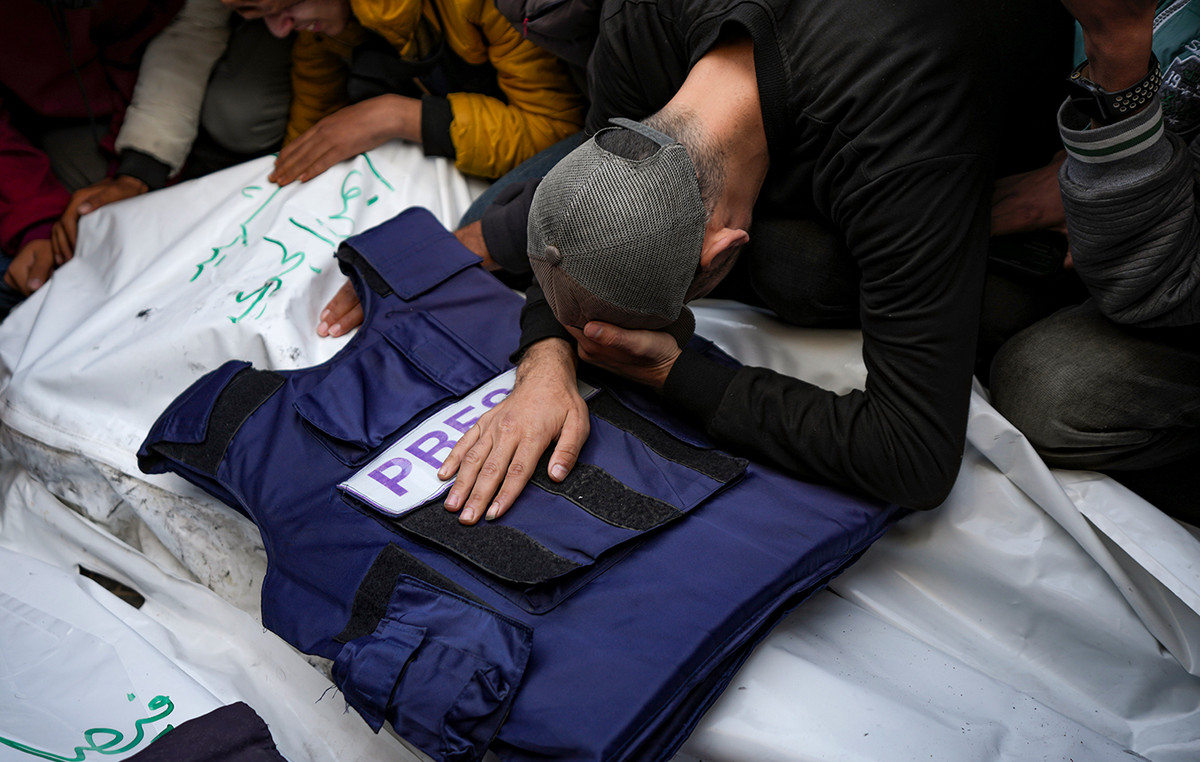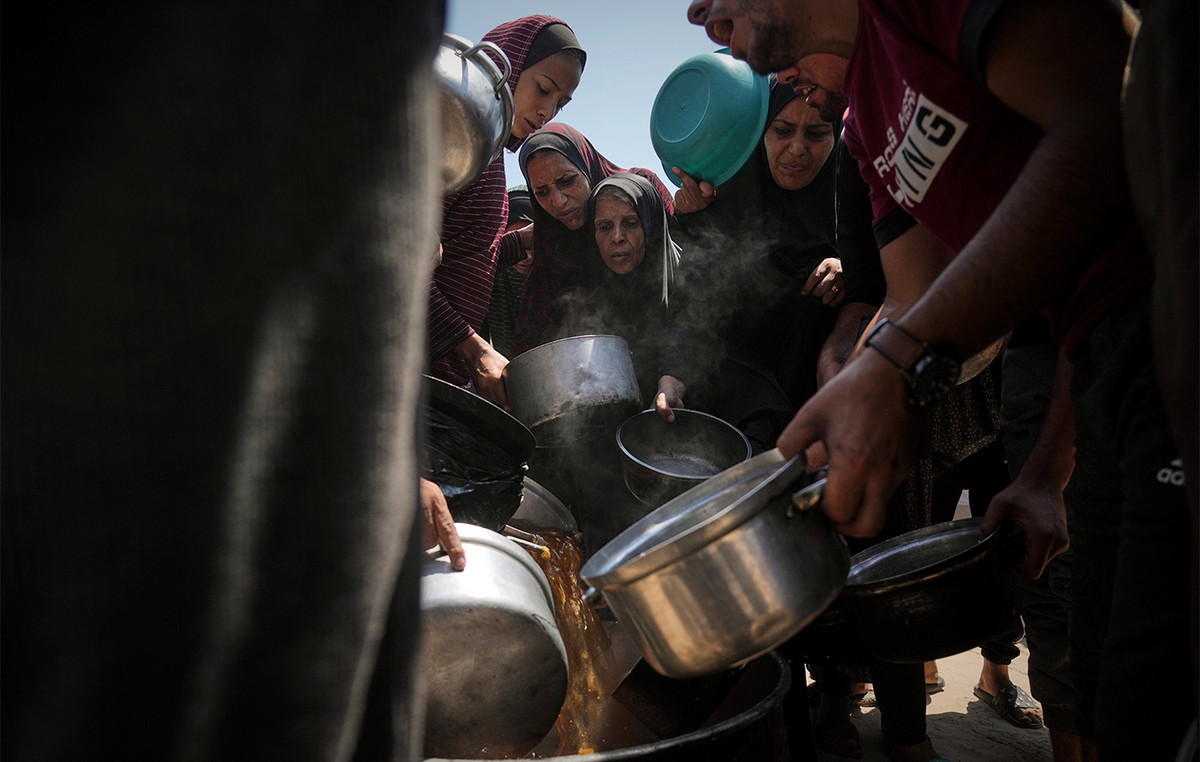Like tomato seasoning pasta… In fact, plain or in meat sauce it is an emblematic dish of Italian cuisine: rich, greedy, to be collected with bread after finishing the pasta. Here, the ragù: the best known is the Bolognese one, to be eaten strictly with tagliatelle or lasagna. But the diffusion at national level (and also outside, sometimes with gastronomic opprobrium) does not detract from the greatness of the white ragù. Gualtiero Marchesi, immense provocateur, said from time to time that “the tomato has ruined Italian cuisine”. Having said that in fact none of his eternal dishes contained any – so it was consistent with the thought – he clearly wanted to point out that sometimes the tomato ended up limiting the flavor of the main ingredient and “fixed” a bit of everything, perhaps hiding this or that defect . While, on the other hand, deception is impossible in the preparation of a white sauce.
Without so much philosophy, the example of ‘Roman Gricia is under our eyes: the ancestor of pasta all’amatriciana – with which it has in common the use of bacon and Pecorino romano – does not include tomato sauce (and this, according to historians, it dates from its creation by shepherds from Lazio before importing it to Europe) and therefore not easy to make. Speaking of provocateurs, Massimo Bottura has always considered a white ragù ideal for tagliatelle. In a memorable interview with the New York Times in 2013, he shocked Italian (and Emilian in primis) cuisine by telling the recipe. «Emilia is not an Italian region where tomatoes are produced, in fact it was added to the ragù about 50 years ago. I find it distracting from the rich flavor of the meat. If you really want it ‘red’ that uses fresh peeled and chopped tomatoes, just rather than the preserve that releases a bright orange, “he said. In his ragù, Bottura uses veal and beef, but does not exclude chicken or rabbit and to ennoble it he suggests pigeon and duck.
After all, the game in the banquets of the medieval courts, waiting for the tomato that came to us in the mid-1500s, was used to season the ancestors of today’s lasagna. But it is a very ancient story: Apicius, in particular, explicitly speaks of a “lagana” made up of thin sheets of pasta stuffed with meat and cooked in the oven. Coming to the present day, it is in Tuscany where the cultivation of white ragù is at its best. The integralist recipe involves the use of Chianina, ground, and very slow cooking: perfect for pici (very large spaghetti made of water and flour, very rough tthe condiments are very good), the Tuscan white ragù actually goes well with many other types of pasta, possibly fresh. For the record, there are those who combine Chianina with pork from Cinta Senese, still others with chicken. If Tuscany is the kingdom, both in the countryside of northern and central Italy there are extraordinary white ragùs: we were struck by the “courtyard” one of the Enoteca della Valpolicella, in Fumane which is a village between Verona and Garda, immersed among the vineyards. It uses the meat of the birds present in the Veronese courts, then duck, turkey and guinea fowl. A gem to reproduce within the walls of the house, to be used as a ragù for an egg pasta at the height of the ragù …
The recipe for the courtyard ragù from the Enoteca della Valpolicella
Ingredients for 4 people
50 g of carrots
50 g of white onions
20 g of sage
20 g of rosemary
100 g of butter
150 g of duck
150 g of turkey
150 g of guinea fowl
37 0ml of white wine
Preparation: Finely chop the vegetables and brown them in the butter until softened for about 10 minutes. Divide the cooked vegetables into three parts (each will serve as a stock for each different meat). Cut each meat into small cubes with a knife and keep them separate; each meat preparation will be cooked with a third of the minced vegetables and then browned together with a third of the wine, a third of the aromas, salt and pepper as required. Each meat cooks at different times: the turkey for 10 minutes, the guinea fowl for 15 minutes, the duck for about 25 minutes. When cooked, the three meats are combined together, adding salt and pepper to taste.
Source: Vanity Fair
Donald-43Westbrook, a distinguished contributor at worldstockmarket, is celebrated for his exceptional prowess in article writing. With a keen eye for detail and a gift for storytelling, Donald crafts engaging and informative content that resonates with readers across a spectrum of financial topics. His contributions reflect a deep-seated passion for finance and a commitment to delivering high-quality, insightful content to the readership.







